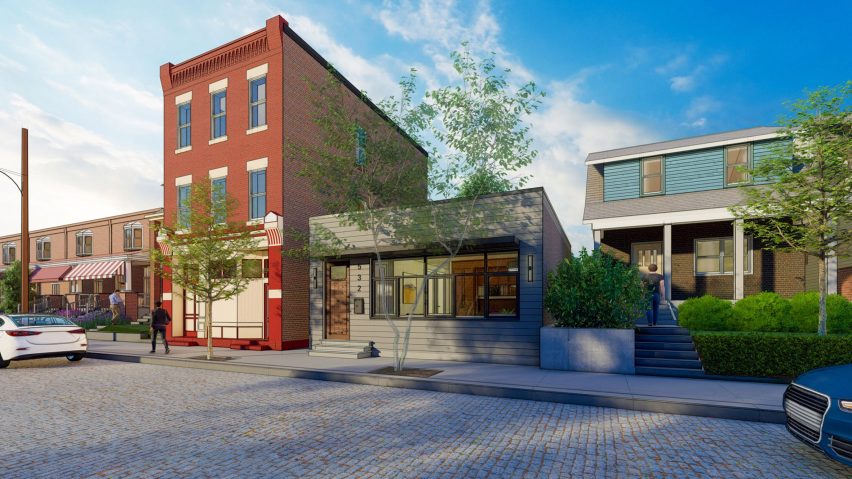
"It's about time we put great examples of sustainable architecture in front of students"
Architecture and design education must change to put the industry on a more sustainable course, writes Trimble SketchUp's Sumele Adelana as part of Dezeen's Climate Salon partnership with the software company.
The architecture and design industry is slowly but surely responding with the sense of emergency climate change demands. Global movements such as the AIA's Framework for Design Excellence and Design Declares are here to prove it.
Considering that almost 40 per cent of the world's carbon emissions result from buildings and construction, it's reassuring to observe more architects and designers going beyond regulatory requirements and embracing solutions to minimise – and in some cases, reverse – their impact on the environment.

Tackling climate change should not be optional in 2023, but it is also important that the professionals of today successfully pass on the sustainability baton to the next generation of design leaders. In other words, students currently training to become architects and designers should be taught sustainable thinking from the very early stages of their academic degree.
The problem is that currently, design education, like the construction industry, can be very much siloed. Some schools, for instance, focus on materials, tectonics, and constructibility. Others emphasise the relationship between design and emotions – how the latter can be translated into the surfaces, shapes and textures one creates.
Although I was privileged to attend universities that championed sustainability, in many cases, it is treated as a separate module rather than being fully integrated into the core curriculum. But if we are to successfully nurture aspiring designers in the right direction, then sustainability should become a minimum standard for assessing the success of projects, whether built or imagined.

One way to circumvent this issue and increase academia buy-in boils down to the quality of case studies presented to students during their formative years. Historically, there's been a common impression that sustainable buildings simply don't look good or are too expensive, which isn't necessarily true.
Today it is clear that innovative design can be achieved even with standard materials and typical building sizes that are kinder to the environment. It's the manner in which architects and designers handle those specifications that determines the level of innovation delivered in a project.
It's about time we put great examples of sustainable architecture in front of students and the entire design community, so that we can finally debunk long-held myths.
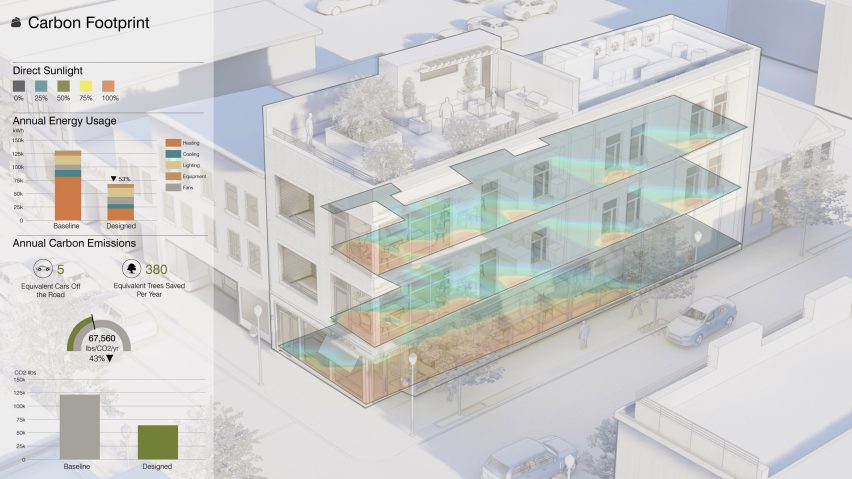
Take material sourcing, for instance. Often architects and designers import materials from a foreign country to create design impact. Without proper analysis, the material benefit can be far outweighed by its inflated carbon footprint. Some of the most creative and value-adding designs I've encountered in my career used materials collected locally.
Pritzker Architecture Prize-winner Diebedo Frances Kere's projects are a case in point. Having to work within the constraints of a local context with limited options pushes designers to think creatively – while adding value back to the local economy in which they're operating.
It's also worth noting that, throughout design education, not enough is talked about in regards to the leap from the conception stage to actual construction. After all, the majority of designs produced at school don't actually get built. However, during the construction process, the real impact of one's creation starts to show, from embodied carbon to material waste.
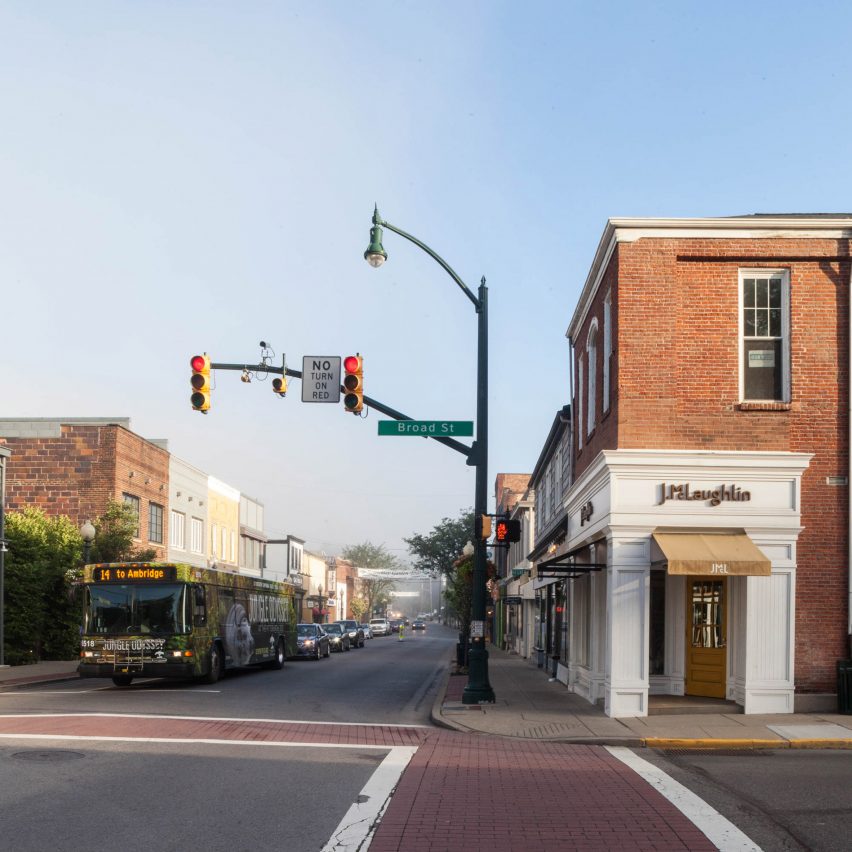
This is where 3D modelling technologies like SketchUp can make a significant difference. Having the ability to study a concept from every single angle pre-construction allows architects and designers to accurately calculate the amount of materials needed, assess whether the proposed design is fit for manufacture, make any necessary adjustments in measurements as well as determine a phased timeline for construction. This, of course, helps avoid material waste, save time, and reduce the impact on the surrounding context.
Beyond capturing and assessing your ideas for constructibility, two SketchUp features go the extra mile to equip designers to create more sustainably.
PreDesign provides climate insights and recommendations for getting started based on your peculiar site. Sefaira enables architects and designers to quickly analyse a project's energy performance at an early stage.
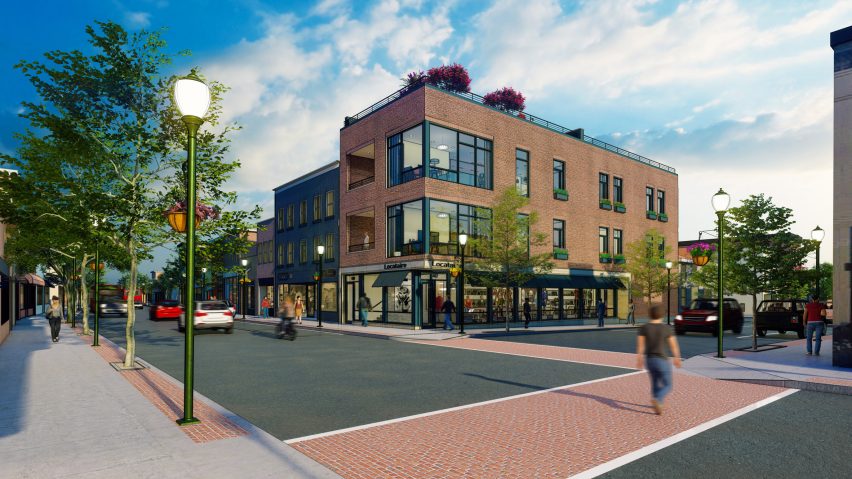
Professionals are able to compare massings, layout and envelope options, and shortlist the right strategies based on their sustainability goals. The tool also provides daylight and ventilation studies, and can help inform glazing and HVAC system decisions. Considering that students today are born with an abundance of technology at their fingertips, incorporating such methods into their learning process should be a seamless exercise.
There's an immediacy to the work being developed today that wasn't there before, and it's only going to get more and more intense. Demonstrating the advantages of sustainable design has never been more crucial.
For example, it can increase a client's return on investment (ROI), as seen in a project by JLG Architects, which used energy modelling tools early on and achieved a projected ROI of over $200,000 of net positive revenue after 30 years of equipment life.
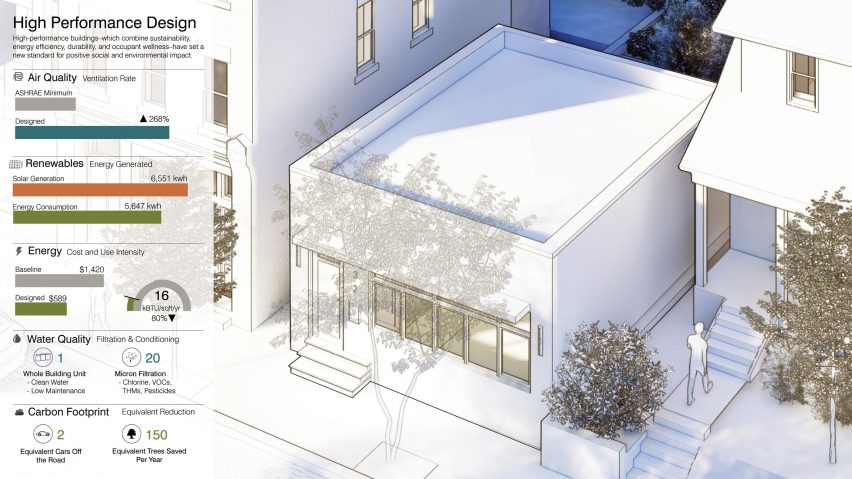
End-users also benefit from it, since most green buildings tend to positively impact the health and wellbeing of occupants. Architecture and design practices that champion sustainability, in turn, will be known for delivering value to stakeholders.
There will be less room to pivot in the future if we don't change the way we design now. The necessary research and technology are already at our disposal to commence radical change in design education.
Now it's a case of implementing it across the board. Clients, end-users and the environment are trusting us as professionals to make the right choices.
Sumele Adelana is an architectural designer and product specialist at SketchUp.
Partnership content
This article is part of Dezeen's Climate Salon partnership with SketchUp. Find out more about Dezeen partnership content here.
